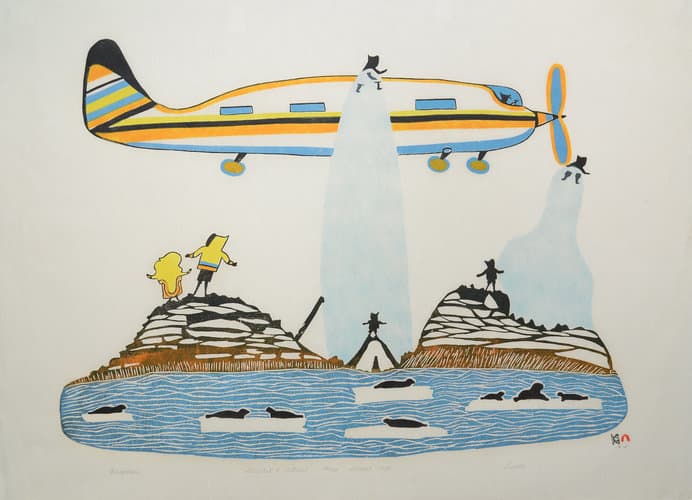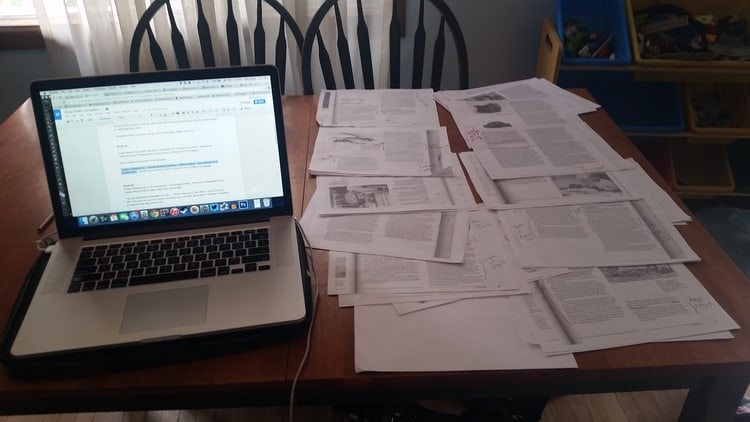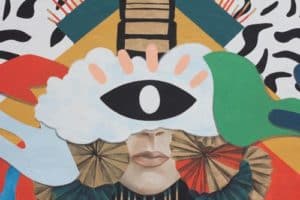Art exists to tell a story in a way that mere words cannot. Inuit culture is an oral one and often the best records we have of the experience pre and during contact are those told through art. The imagery that has come out of Inuit communities through visual arts tells us more about the culture and people than meer photographs or written stories can. Each image and carving is the story not only of a culture, of a time but also of the person who created it.
Storytelling with Art Alive
Through Art Alive, we aim to tell those stories in a unique way, but one that still sticks to the original vision of the artist. Interactive media allows us to take storytelling to its next logical step. The story can unfold with the progress of the user and often in the direction the user takes it.
The deeper engagement that interactive media allows users to be engaged with the stories the artists tell at a level previously not possible. So how do we get the stories? Of the seven images we’re currently working with, only one of the artists is still alive (and we are fortunate to be able to consult directly with him). The deceased artists present a quandary when attempting to represent the original intent of their work.
For the show opening at the McMichael Gallery of Canadian Art on June 20, we are focused entirely on the artist Pudlo Pudlat. He passed in 1992, but left behind a portfolio of work that tells amazing stories about his interaction with both the traditional and “modern” world. Fortunately, for us, Pudlo’s life was well documented and academics have been analyzing his work for decades. Through interviews with Pudlo, as well as various academic analysis of his text, we were able to craft a narrative that we believe reflects his own experiences and intentions.

What story was Pudlo trying to tell with “Aeroplane”?
Fortunately dozens of Academics and art lovers asked him while he was still alive!
Telling the Stories
When we tell the stories, we want to tell three aspects of the work we’re using;
- Art Alive focuses first and foremost on a narrative that reflects as much as we can the original intent of the piece. We attempt in our own storytelling to reflect and tell the story the artist intended with his piece.
- Second we want to tell a story about the artist him/herself. An artists experiences and reflections on his/her life can often tell us about the inspiration and the influence that led to the piece as it exists now.
- Finally, when relevant, we tell the story of the medium and technique to create the art. Certain paint styles were not introduced in Cape Dorset until after 1976 and Pudlo’s work reflects that. A print innovation workshop was held in Pangnirtung in 2010 and the results are reflected in the 2011 collection. If those stories are relevant to the experience, we will tell you all about it.

Paperwork spread out over desk for dramatic effect.
Only two weeks until the show at The McMichael Gallery of Canadian Art opens and next week we will be inside the gallery helping to setup. Make sure you follow us on Twitter, Instagram, Facebook, and/or Tumblr for lots of pretty pictures and a live preview of the game as it is installed into one of the most historic galleries in Canada.



